Podophyllum Peltatum (Mayapple)
Podophyllum peltatum is a member of the Berberidaceae (Barberry) family having umbrella shaped leaves. They have originated from the woods in North America and spread across many states. Strangely enough, only the ripened fruits are edible. Raw fruits and leaves are poisonous for living beings. They have varied usages in medicine and food,since ages.
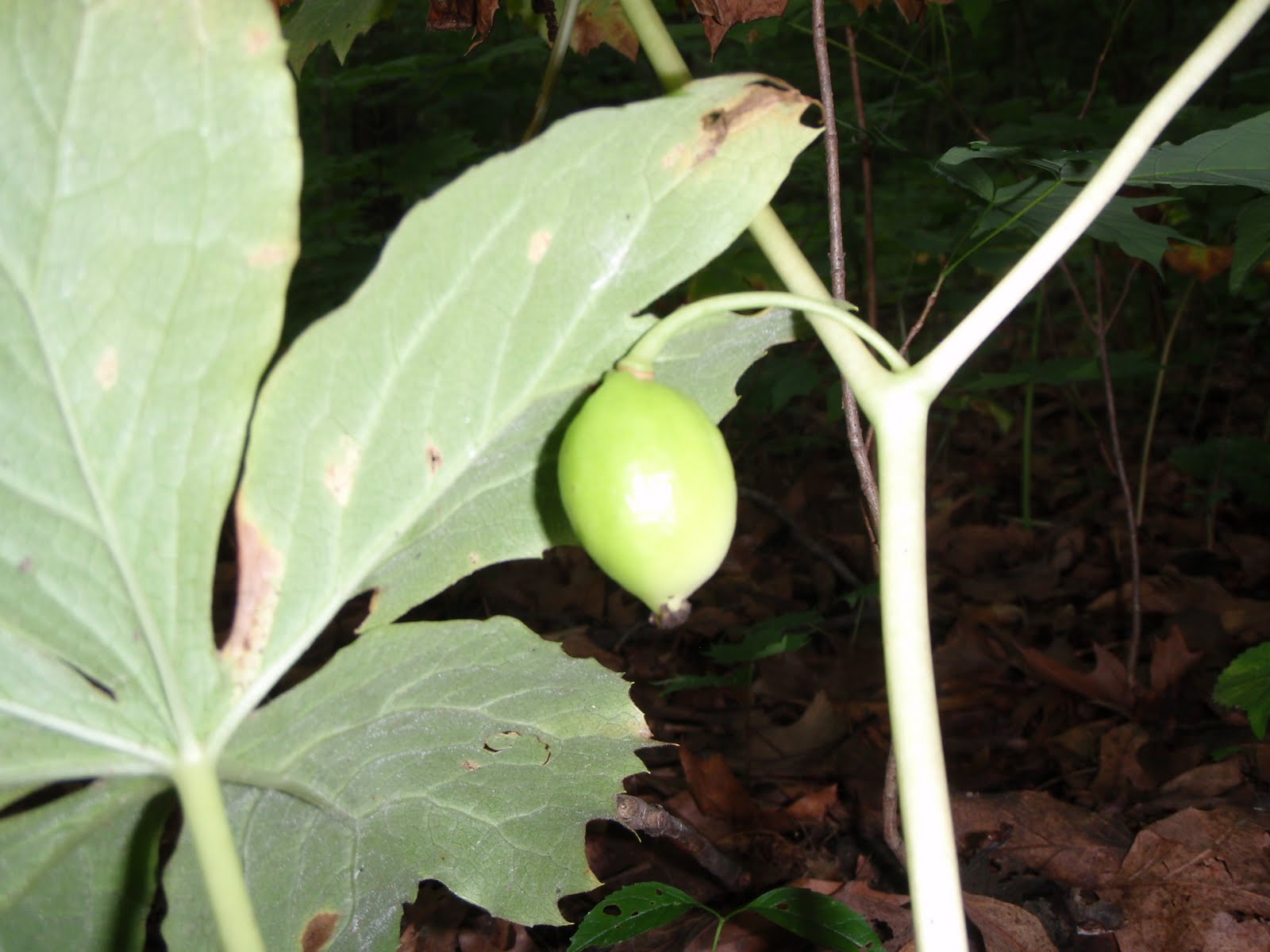
Podophyllum Peltatum (Mayapple)
Table Of Content
Podophyllum peltatum Common Names
It is known by different names like Indian apple, Mayapple, hogapple, Pomme de mai, American mandrake, devil’s apple, umbrella plant and wild lemon.
Podophyllum peltatum Description
This poisonous plant yields fruits that are edible and they can be identified by:
Color: They assume lemon color when they are raw but later become a bit wrinkled and yellowish after ripening.
Length: The fruit is 3 to 5 cm long
Aroma: It has a sweet fragrance, often resembling that of the wild lemon.
Taste: The pulp is a blend of sweet and acidic taste.
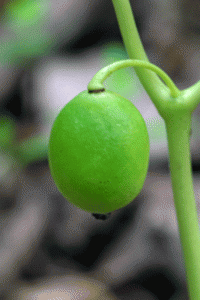 Picture 1 – Podophyllum Peltatum
Picture 1 – Podophyllum Peltatum
Podophyllum peltatum Distribution
The plant is well distributed in Midwestern and eastern states of America including Georgia and New York. Northeastern Oklahoma and eastern Kansas also have a huge population of these plants.
Podophyllum peltatum Habitat
It grows in roadsides, damp areas like hillside seeps, meadows, deciduous and open woodlands.
Podophyllum peltatum Growing Conditions
This plant can be grown under following conditions:
Soil: It is best grown in rich loamy well-drained soil.
Sunlight: Partial as well as full sun, both are suitable for its growth.
Growth: It has a rapid growth in early spring when the weather is warm.
Podophyllum peltatum Cultivation
They can also be grown as specialty crops owing to their sustainability. Leaves of this plant are renewable, which is why they can be cultivated for commercial production. The plants can be grown in places where they receive ideal conditions of growth. Minimum care is required while growing it.
Podophyllum peltatum Harvest
The fruits can be harvested once they are ripe, which usually happens around July or August.
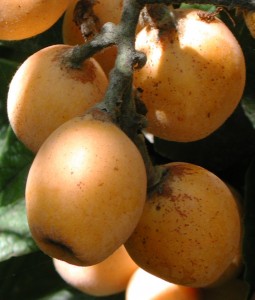 Picture 2 – Podophyllum Peltatum Image
Picture 2 – Podophyllum Peltatum Image
Podophyllum peltatum Nutritional Facts
Fruits of this plant may not seem to indicate high nutritional value but several parts of the plants have been variedly used for several purposes.
Podophyllum peltatum Health Benefits
Not much is known about its health benefits but scientists have discovered its cancer-preventing components, present in the form of lignans.
Podophyllum peltatum Edibility
The fruit is the only edible part. Leaves and stem are highly poisonous often causing death.
Podophyllum peltatum Uses
Native Americans found the fruit useful for which they used it extensively for various purposes in their daily lives. A number of usages of mayapple in daily lives can be listed.
Edible Uses
- The fruit is edible in ripened state.
- Pulp of this fruit can be made into marmalades, jams, jellies and sweet dishes by removing its seeds and covering.
Medicinal Uses
- The root of this plant was used by Native Americans for preparing laxative and medicines.
- Chinese herbal medicine used this plant for treating weakness, snakebites and tumors of different kinds.
- Podophyllotoxin, a component found in it can be applied topically in treating skin warts.
- It is used in making cancer drugs for treating small cell lung cancer and testicular cancer.
- More research in utilizing the amazing cancer-fighting properties of this plant are going on.
- Podophyllum has the cures for hairy leukoplakia and rheumatoid arthritis as well.
Other uses
Thick roots of this plant help in preventing soil erosion as they keep the soil intact.
Podophyllum peltatum Side Effects
Overeating of the fruit is harmful as it may cause colic. Except the fruit pulp, the seeds, covering and the rest of the plant are highly poisonous for living beings.
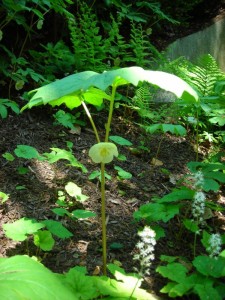 Picture 3 – Podophyllum Peltatum Plants
Picture 3 – Podophyllum Peltatum Plants
Podophyllum peltatum Recipes
- Mayapple can be incorporated in a number of recipes like fruit punches and jellies.
- It tastes better when blended with lemon and ginger in case of jellies and drinks.
Podophyllum peltatum during Pregnancy
The fruit should be avoided during pregnancy to avoid discomfort.
Podophyllum peltatum Interesting Facts
some interesting facts are associated with this fruit.
- It derives its name from two Greek words- podos and phyllon which means leaves that are foot-shaped.
- They grow fast, making big colonies with the help of rhizomes that grow underground.
- Barring the fruit, rest of the parts is poisonous to humans as well as animals.
- The plant is unique in Illinois as no other plant exhibits similar physical characteristics in the region.
- According to myths, Native Americans used them to commit suicides.
- Only those plants flower which have two leaves.
- It is inactive during the summers. During this time, its foliage disappears and the plant goes into dormant situation.
- Mayapple is a common cash crop in Russia and Europe.
- The fruit may be called ‘mayapple’ but it flowers in May and only becomes a fruit by the end of summer.
Podophyllum peltatum has immense viability in the pharmaceutical market and it bears fruits that are commercially used in the preparation of jams. The plants display some unique physical characteristics that help in their identification.
Podophyllum peltatum Pictures
Take a look at some of the amazing pictures of the fruit overshadowed by its leaves.
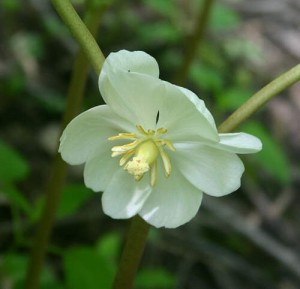 Picture 4 – Podophyllum Peltatum Flower
Picture 4 – Podophyllum Peltatum Flower
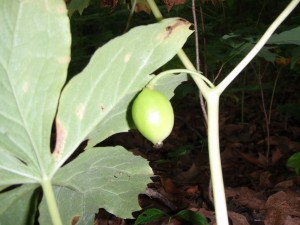 Picture 5 – Podophyllum Peltatum Picture
Picture 5 – Podophyllum Peltatum Picture
Reference:
https://plants.ces.ncsu.edu/plants/podophyllum-peltatum/
https://hort.extension.wisc.edu/articles/mayapple-podophyllum-peltatum/
https://www.eattheweeds.com/podophyllum-peltatum-forgotten-fruit-2/
http://www.hort.purdue.edu/newcrop/ncnu02/v5-527.html
https://hort.extension.wisc.edu/articles/mayapple-podophyllum-peltatum/
http://www.sciencedaily.com/releases/2009/09/090904165243.htm
- by Jaysmita Sarkar
- April 23rd 2012

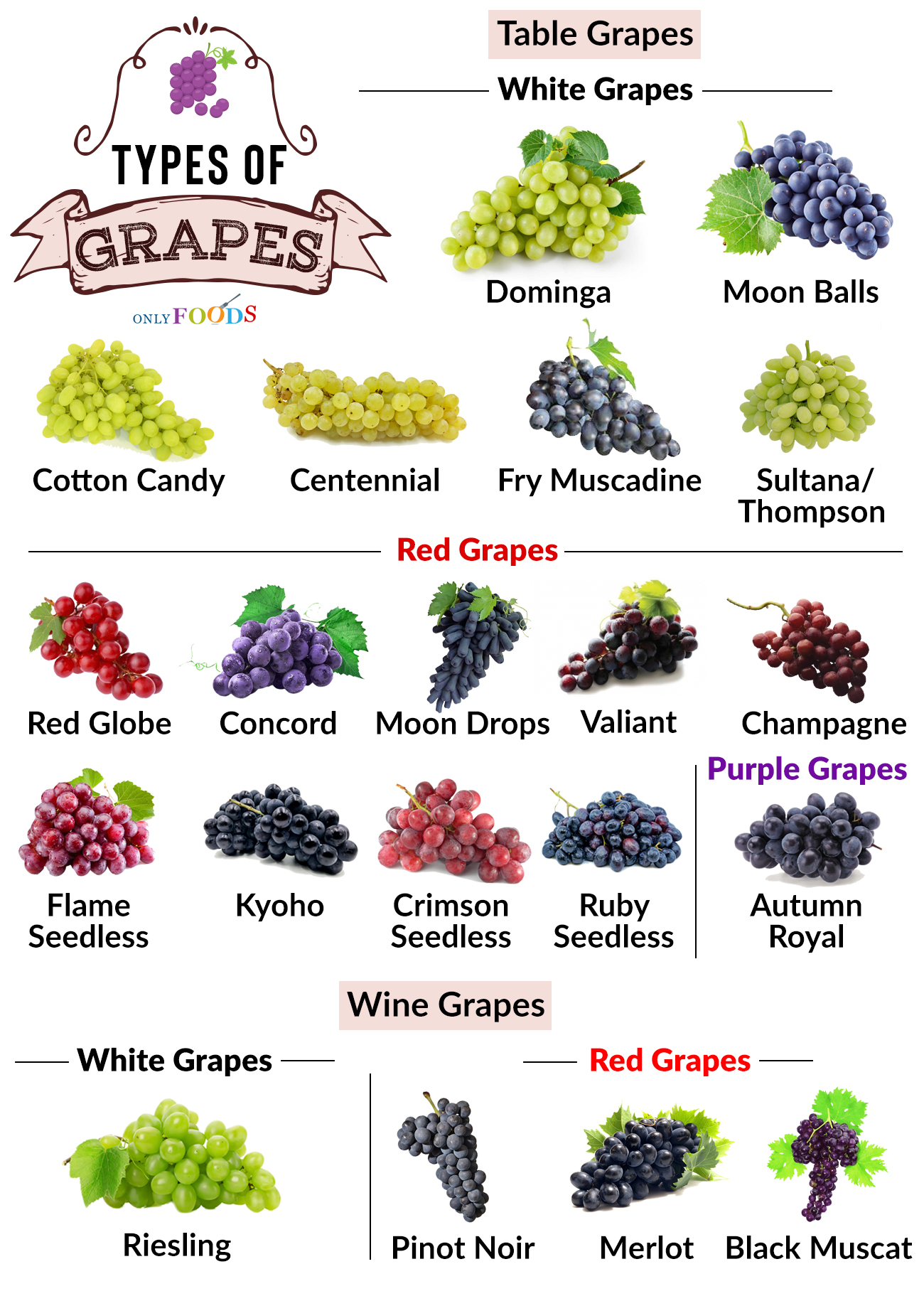
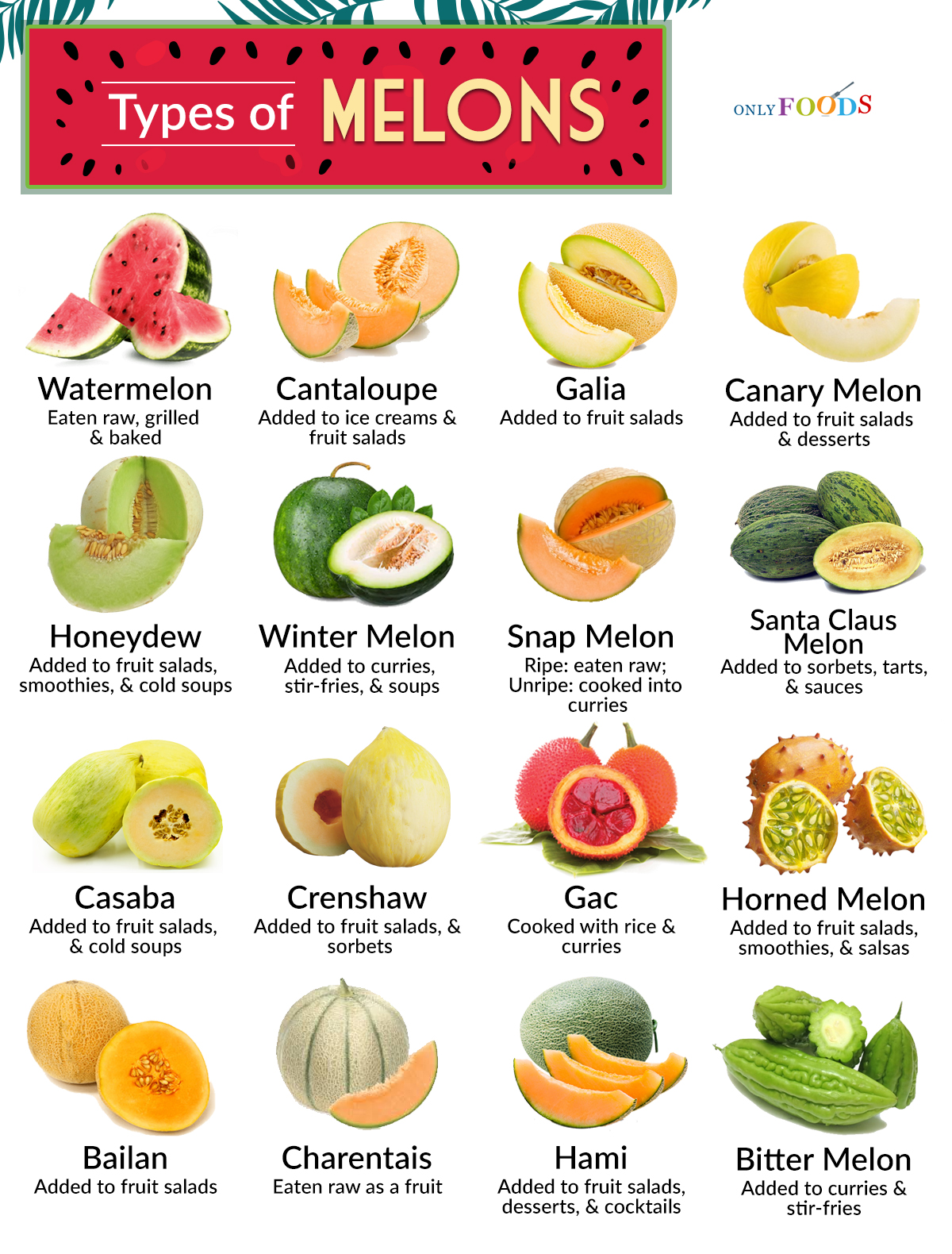
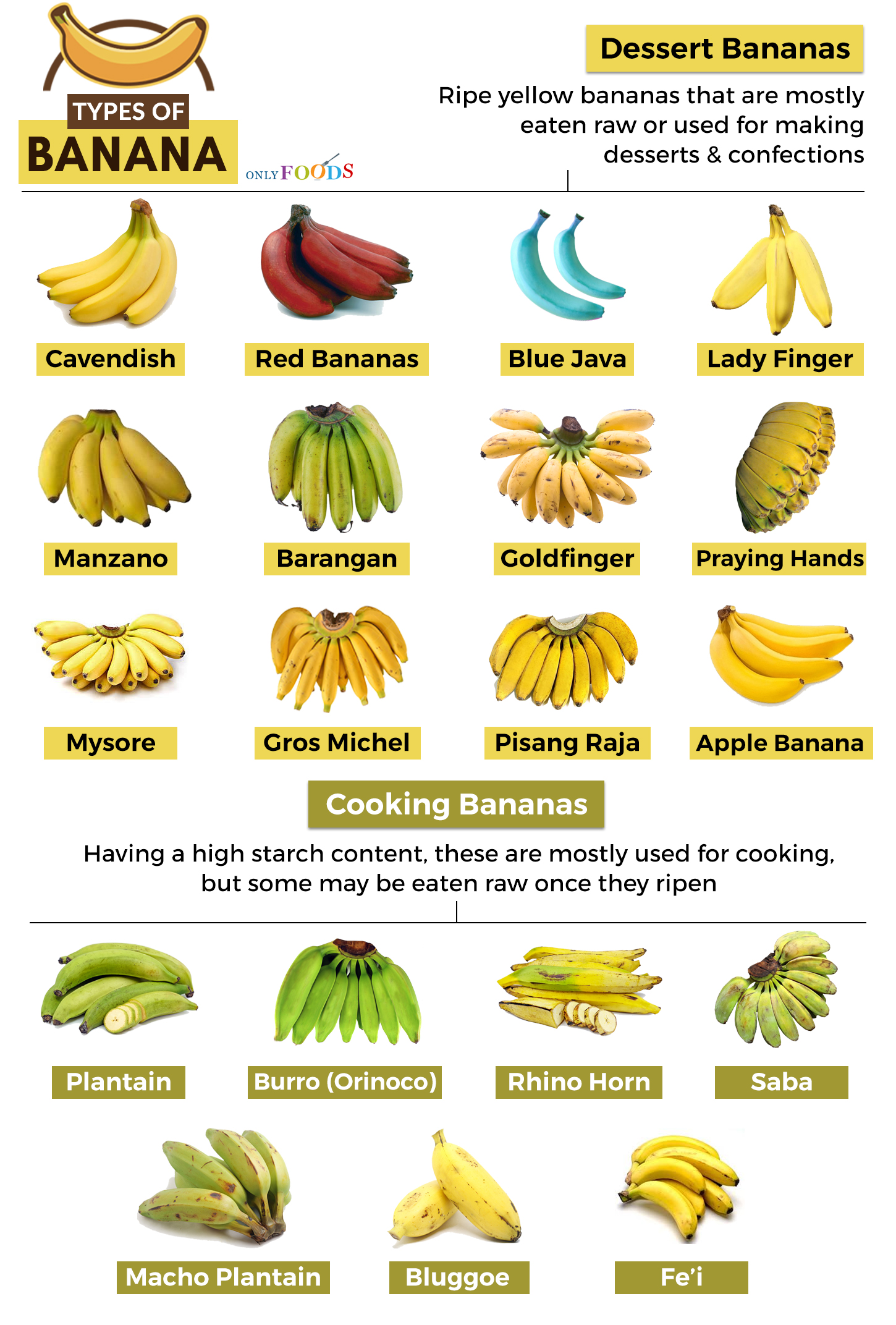
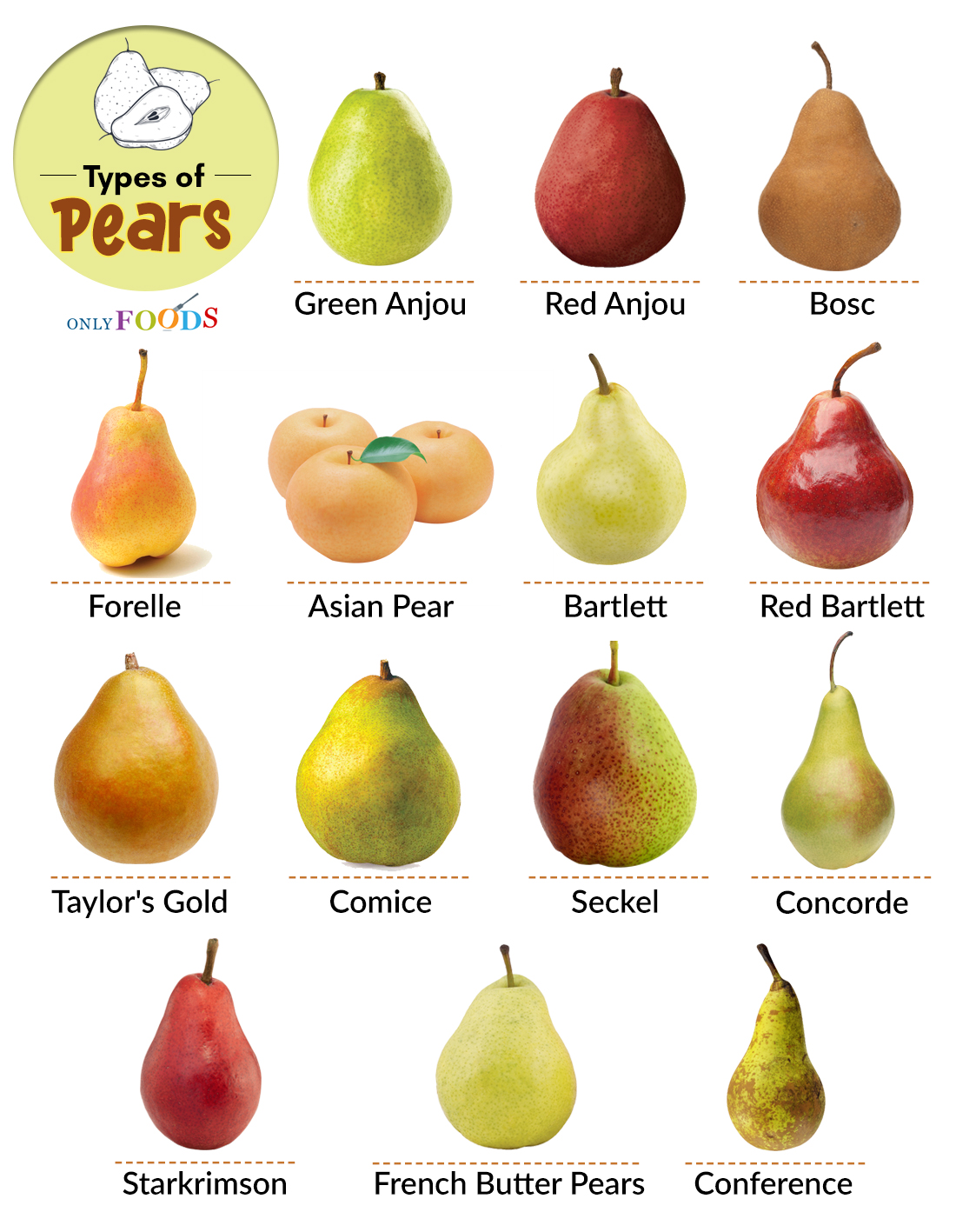

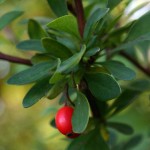
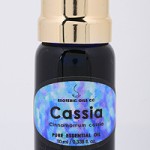
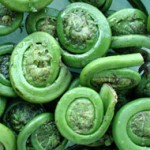
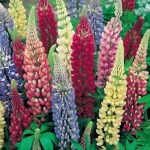
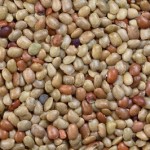
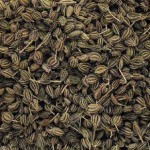

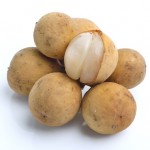

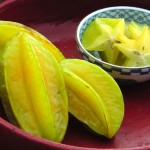
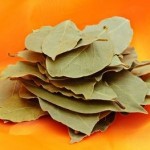
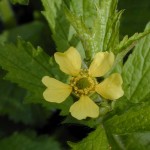
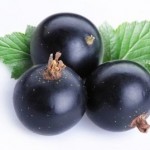
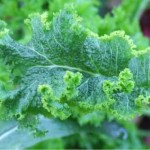
Leave a Reply